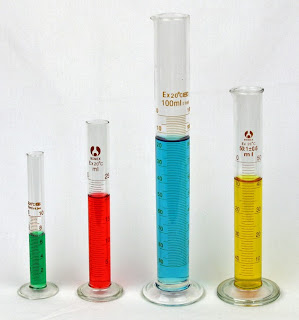A chimpanzee and an orangutan have surprised scientists with their love for water and diving skills– abilities that we thought primates lost a long time ago.
Evolutionary researchers Nicole and Renato Bender were filming Cooper the chimp, who was raised in captivity in Missouri. They were pleasantly surprised when Cooper jumped into the water, swam around, and even put his head underwater! After being in the shallower water for several minutes Cooper traveled to deeper water and dove two metres (6.6 feet) underwater!
Zoos have often used deep rivers and moats to separate chimps, apes, orangutans, and gorillas and keep them within their natural habitats. Many primates have drowned after accidentally falling into the water and it was commonly believed that apes were scared of water...until now.
"The behaviour of the great apes in water has been largely neglected in anthropology," said Nicole. "That's one of the reasons why swimming in apes was never before scientifically described."
They also filmed an orangutan, Suriya, who lives at a private zoo in South Carolina swim with even more skill. They recorded Suriya swimming up to 12 metres (39 feet) without needing help!
"It was very surprising behaviour for an animal that is thought to be very afraid of water," said Renato.
Both Suriya and Cooper use a modified butterfly stroke that looks like a "frog kick" to move in the water. Cooper kicks both of his hind legs at the same time while Suriya kicks one hind leg and then the other.
The reason why primates (including humans) use a breaststroke in water instead of a doggy-paddle like other mammals is because of evolution. For many mammals swimming comes naturally and they do not have to learn how to do it, like humans and apes do.
Nicole and Renato say they have seen chimps swim before but they could not swim as well as cooper and they were not able to capture them on film.






















